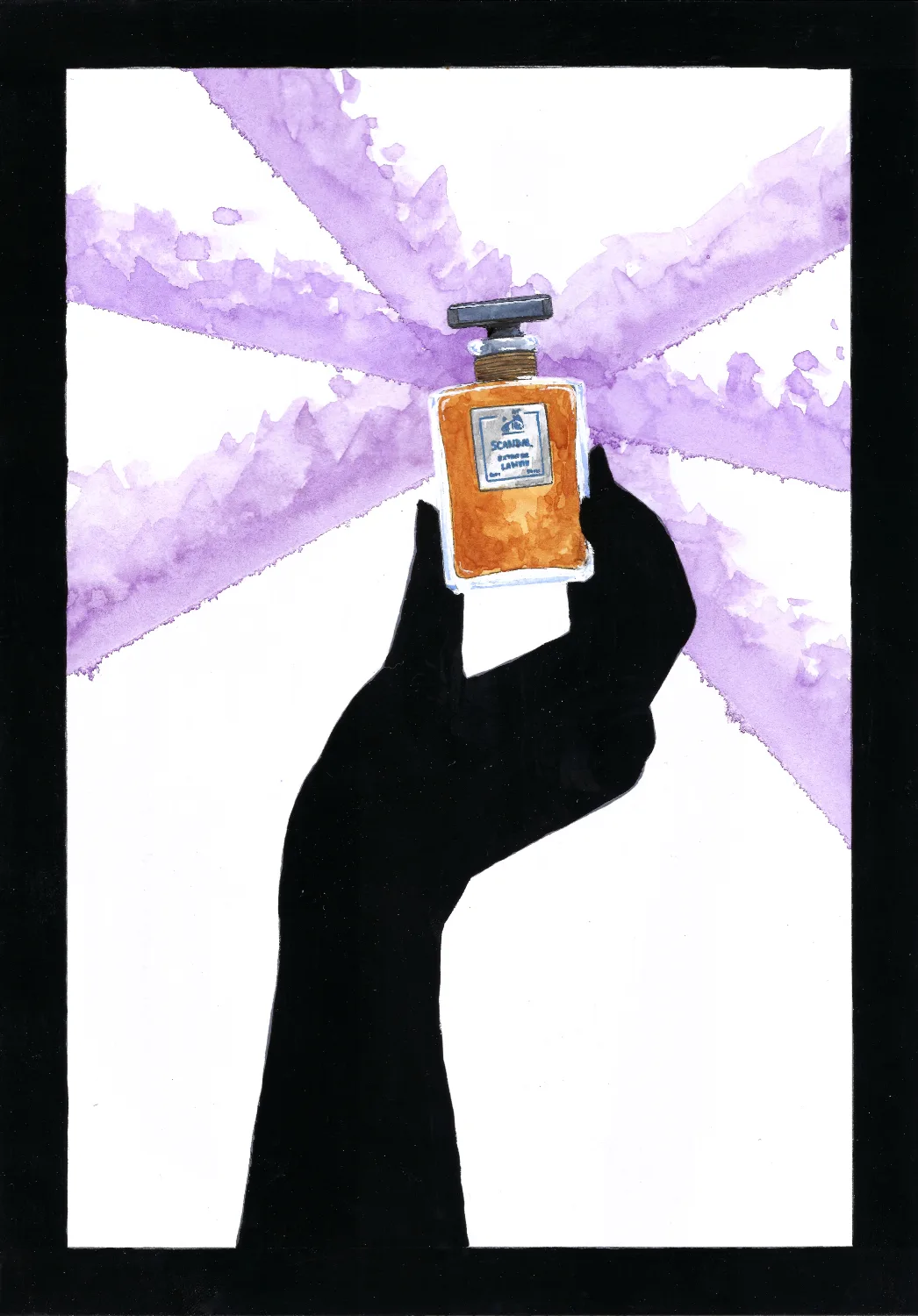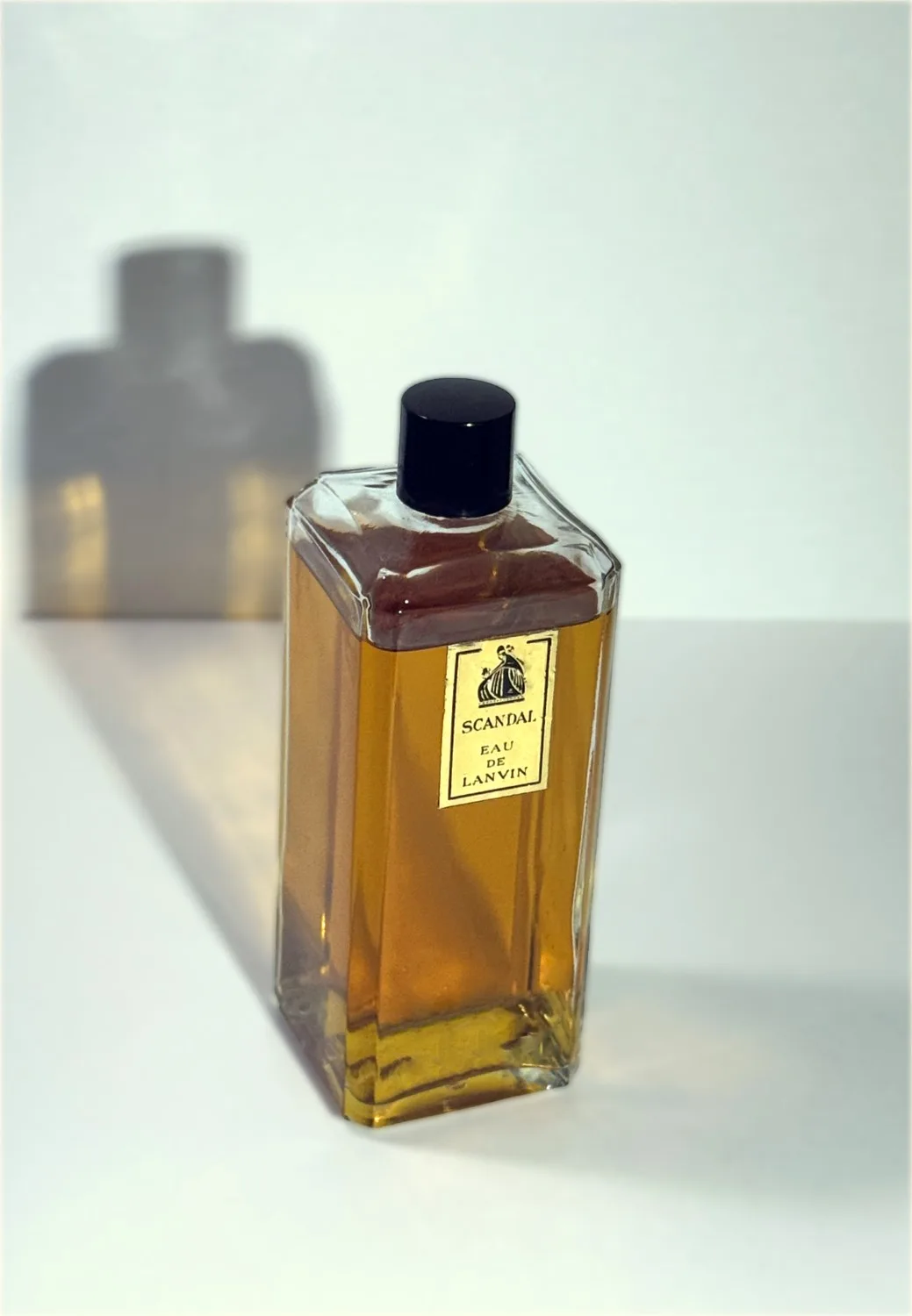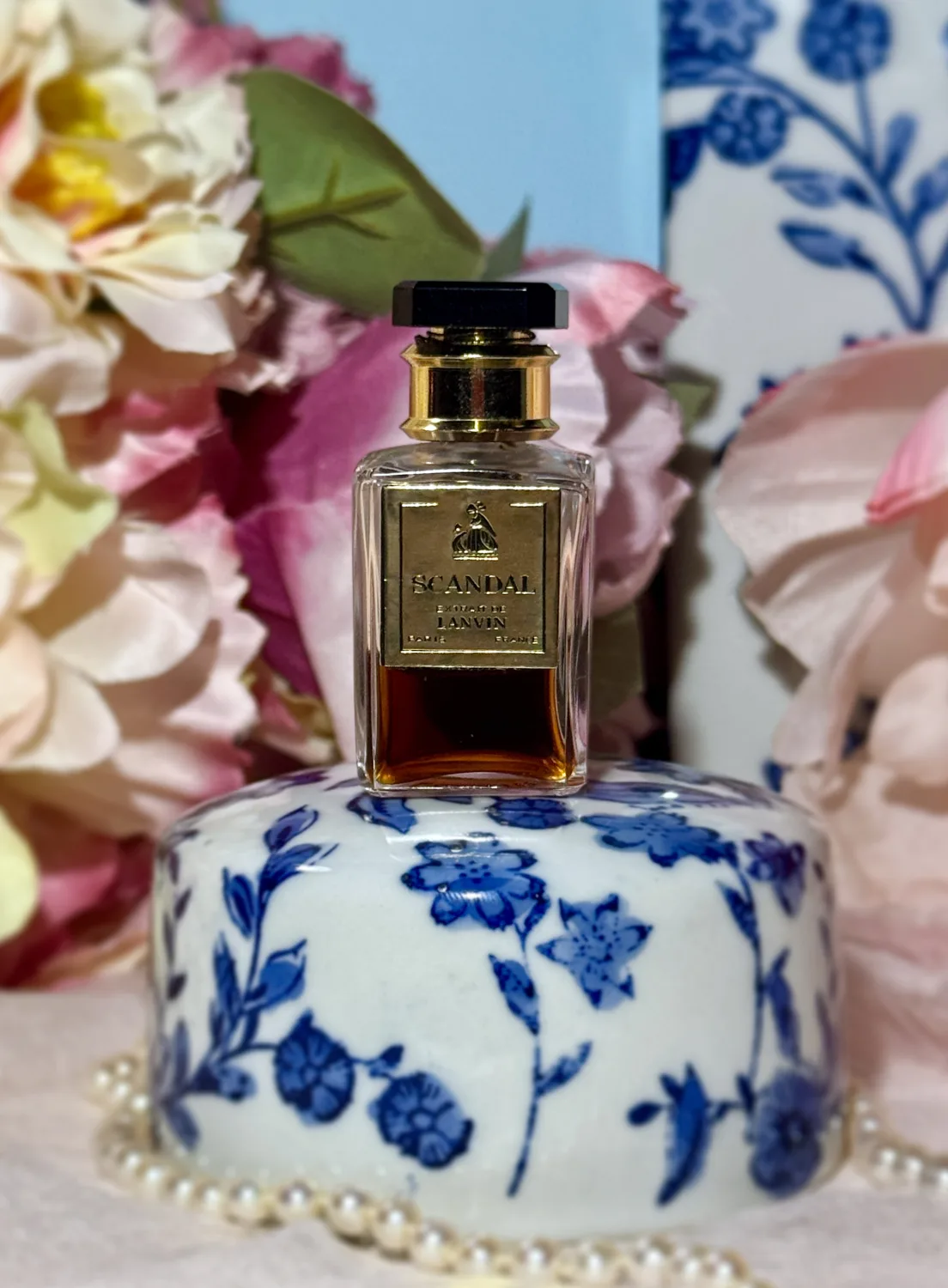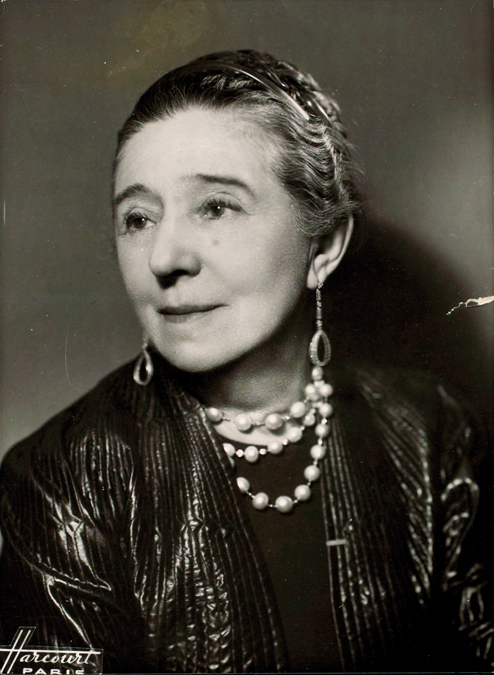“The writer of originality, unless dead, is always shocking, scandalous; novelty disturbs and repels.”
– Simone de Beauvoir
For as long as humans have wandered the Earth, we have had the innate desire to create. This desire, and the fruits born from it, are held in such high regard that we form institutions to curate, protect, and display these creations. Across the globe, miles of esteemed halls have been constructed to house what we, as humanity, have deemed to be important culturally.
Those grand institutions are pantheons to humankind’s artistic achievements, often also serving as an arbiter of good taste and relevance. For better or for worse, they decide what is preserved, and what is forgotten to time. A decision that has, through protest and passion, led artists to band together to create new, provocative, and often scandalous pieces.
In the fragrance world, consumers are the arbiters. They decide what compositions will be around for decades, and what ones will be lost to time. Masterworks, forever forgotten to the annuls of time.
In Lanvin’s case, Arpège was given a new lease on life, her sisters, were not. This post is a continuation of my exploration on the interwar Lanvin fragrances. You can find my prior reviews for My Sin and Arpège here.
If you prefer short-form videos, you can find my TikTok review of Scandal here.
Art and Power
Ever since its founding in the late 1880s, Lanvin has been a staple in the wardrobes of the most fashionable Parisians. Artistically brilliant, and with sharp business instincts, Jeanne Lanvin built an empire that reached far and wide.
The full story of Jeanne, and the company as a whole, is captivating and inspiring. I have written an article on the history of the brand, click here to read more.


A shrewd and cunning businesswoman, Jeanne Lanvin spent much of the 1920s focused on expansion. Her signature Robe de Style dresses, with their intricate hand-sewn beadwork and exquisite craftsmanship, received international acclaim. Fashion was not her only passion, however, as she recognized that fragrance would be an important addition to anyone’s wardrobe.
By the end of the 1920s, this ambition would pay off. The houses first hit, My Sin (1924) would give her a strong foothold in the American market. Riding off that sales high, Arpège (1927) would follow and cement its legendary status nearly instantly.
Andre Fraysse, a co-composer for Arpège, would be hired on as the head perfumer for Lanvin. He would be tasked to begin work on the next addition for the house’s already notable catalogue. An addition that would need to be sensual, sophisticated, challenging, and above all else, scandalous.
A Roaring End
The glitz of the 1920s really began before World War I during the early part of the century. The tailoring and advancement of mass production was the requisite step towards the economic “roar” we associate with the decade. Adding on, the advancements in chemistry and other sciences during the war gave inventors and entrepreneurs a whole new world of ingredients to play with. These two revolutions completely changed the way the common person lived. New, easily accessible products that were once only reserved for the ultra-wealthy were now common place in households across the world. Outside the house, advancements in film technology led to an explosion in the popularity of films, the birth of an entire industry, and the creation of the movie star. Coupled with this silver screen glamor, daring new fashions completely upended how women dressed and often blurred the lines between what was once traditionally masculine and feminine. The avant-garde became the status quo, and the scandalous become the new normal.
Looking at the decade from this perspective, Arpège was, in a way, the penultimate fragrance to represent the decade. A daringly feminine, yet shockingly abstract composition that bathed its wearer in an air of sophisticated mystery. A composition that toed the line between the traditional and the new. It was not simply floral, it was so decadently floral that it went beyond being a garden of flowers, into becoming the idea of flowers. It joined a pantheon of other fragrances released in the decade who also redefined what it meant to truly be a woman.
While the world surged forward attached to the economic engine that of the 1920s, cracks had already began to form in the foundation. Unrest and instability was not solved after the war, and as Fraysse worked on the composition that would eventually become Scandal, those cracks would shatter the entire world. In 1929, the United States stock market crashed, bringing the then world’s largest economy to its knees. Soon, the rest of the world would also be caught in its aftershocks. Even Lanvin was not spared the effects of the economy, at the start of the 1930s many of the pre-My Sin fragrances would be discontinued and forever lost to time.
By the time of Scandal’s launch in 1931, the culture around fragrance and fashion had already begun shifting into the styles we would see become popular during the rest of the decade. Amongst the fashionable elite, the desire for avant-garde daring fashions waned, as they began to embrace a more polished and glamorous style. The androgynous beaded gowns of the 1920s fell aside, and the bias-cut skin-clinging glamor of the 1930s would find its first foothold in these early years of the decade. Still, the desire to push the envelope and experiment with individuality and sensuality remained, and it was this small flame that Fraysse would attempt to stoke with Scandal.
So, what did Scandal bring to the world in 1931?
An Exotic Leather
Scandal was originally released to the world in 1931, and was produced until 1971. Over the course of its relatively short lifespan, Scandal was offered in a few varieties of concentrations. In my collection I am fortunate enough to have two examples, a small extrait bottle from a coffret set dating to the 1960s, and a larger Eau de Lanvin concentration that was a tester from the 1960s.
Prior to the 1970s-1990s, many brands had unique concentrations that today we would not recognize. Lanvin was no different, offering all of its scents in either the original extrait or an Eau de Lanvin concentration. From my research, the Eau de Lanvin concentration is unique as it is two combined fragrances. Originally a standalone composition, Eau de Lanvin was a lightweight unisex fragrance that was discontinued in the late 1950s. Following its discontinuation, Lanvin would mix that fragrance in with its other fragrances in order to create a more lightweight scent. In my opinion, these versions of the fragrances match closely to what we would consider an Eau de Toilette today, if slightly stronger. Also in my opinion, the addition of the Eau de Lanvin formula does not alter the original scent beyond softening it into a lighter, more wearable fragrance.
For this review, I will be using the extrait for the majority, while using the Eau de Lanvin to better understand the top notes.
Now, how scandalous was Scandal?


Applying a small amount of the extrait to my inner arm, the first thing I notice is just how quickly Scandal announces its presence.
And announce it does, as the first notes that jump out to me are the bright and captivating citrus notes. Neroli and lemon are the two predominant notes I pick up here. The bluntness of these two notes standing together would almost be dauntingly uncouth if it were not for the addition of the slightest bit of sweet mandarin to soften its edges. It is a unique mix that is simultaneously blunt, sharp, and unabashedly forward, yet somehow remain sophisticated and complex.
Continuing Scandal’s exposé, the following notes catch the wearer by surprise with their audacity. A standard composition of florals make up its beating heart. I pick up rose and iris on myself predominantly, with a distinct mix of other indistinguishable white florals added for posterity.
Turning a corner, however, and you are met with a note that beckons out and seduces the wearer with its sensual charms. It extends one satin gloved hand out, and asks that you take it. Leather. This is not the first leather fragrance marketed to women, but man is it the finest. Typically I am not one for a leather scent, often I find the note to be screechy, loud, too much like a new car. Just not my cup of tea.
Scandal, however, does the note so much differently. This is leather at its absolute finest: soft, rich, and decadent. It wraps itself around you like the smoothest grain calf-skin on the market, and feels so warm and just so unbelievably smooth.
Where Chanel’s Cuir de Russie is cool and crisp, the leather jacket on a self assured punk-rock girl. Lanvin’s Scandal is the soft black leather glove worn by a raven-haired succubus as it slowly brushes against your skin. It is thrillingly sophisticated and other-worldly. The leather in Scandal never fades, rather what makes it special is the notes that wrap themselves around it. Over time, it gets warmer and notes of sandalwood, vanilla, and oak moss radiate beneath the composition. I also sense a slight amount of opoponax, which further refines it with a rich resinous addition. Altogether, they form a strange warm sweetness that embraces the leather like an old lover.
Unlike her sisters, Scandal does not hold its secrets close at heart. No, she forces you to hear her speak. Like a shocking tell-all from an old Hollywood actress, the tale does not unfold like a well-written novel. Rather, it spills out like the juiciest gossip you have ever heard, and by god the juice is enough to clench an entire nation’s thirst.
The Price of Sensuality
Scandal was a subversive fruity-leather fragrance that pushes itself and its wearer into being the ultimate, sexier version of themselves. It does not even attempt to hide its most scandalous quality, where it offers a glimpse into the role of a new type of woman. A socially, sexually, and just generally liberated woman. Someone who brazenly pushes the envelope and experiences the world the way she wants to, while not sacrificing an ounce of femininity in the process. It is a composition that invites you to have your cake and eat it too.
Scandal was produced from 1931 to around 1971, and was another sales hit for the house. As the 1930s wore on, however, the tastes of the consumer would change. In response, Andre Fraysse would begin composing the houses next major fragrance release, Rumuer (1934), which we will further look at in the next part of this series.
Until then, thank you for reading and I welcome you to leave any of the experiences/memories of Scandal you have.
-Zak
Gallery











Leave a Reply